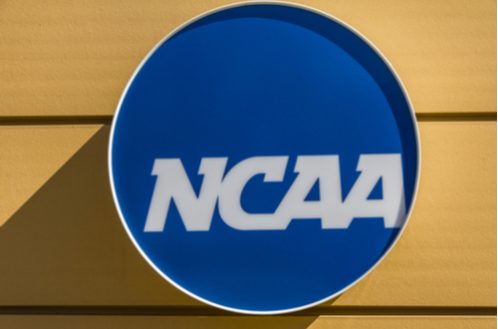Featured News
FTC Sues to Block Tempur Sealy’s $4.3 Billion Acquisition of Mattress Firm
Oct 24, 2024 by
CPI
Mexican Watchdog Proposes Fintech Reforms to Boost Financial Inclusion
Oct 24, 2024 by
CPI
AMA and ISMS File Antitrust Lawsuit Against MultiPlan Over Alleged Price-Fixing Scheme
Oct 24, 2024 by
CPI
Biden Administration Announces New AI Strategy to Boost National Security
Oct 24, 2024 by
CPI
Google Agrees to Provide AI-Related Documents in Monopoly Case
Oct 24, 2024 by
CPI
Antitrust Mix by CPI
Antitrust Chronicle® – Chevron
Oct 24, 2024 by
CPI
A Quartet of Decisions That Cripple Agencies
Oct 24, 2024 by
Richard J. Pierce
Goodbye, Chevron: Rediscovering the Virtues of an Independent Judiciary
Oct 24, 2024 by
Alexander Volokh
A New Era of Deference: From Chevron to Loper Bright
Oct 24, 2024 by
Daniel E. Walters
Loper Bright and Antitrust: Limited Impact on Enforcement, but a Clear Constraint on FTC Rulemaking
Oct 24, 2024 by
David Kully, Lynn Calkins & Kenneth Racowski
